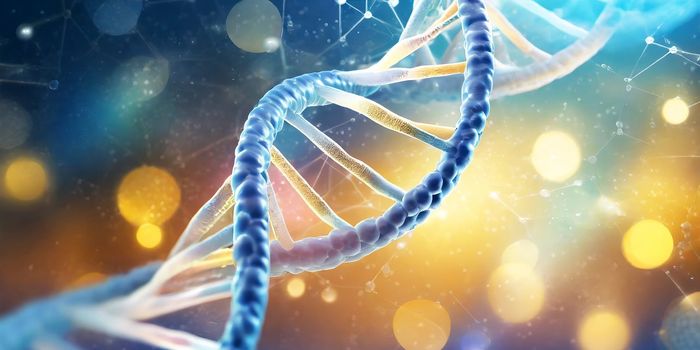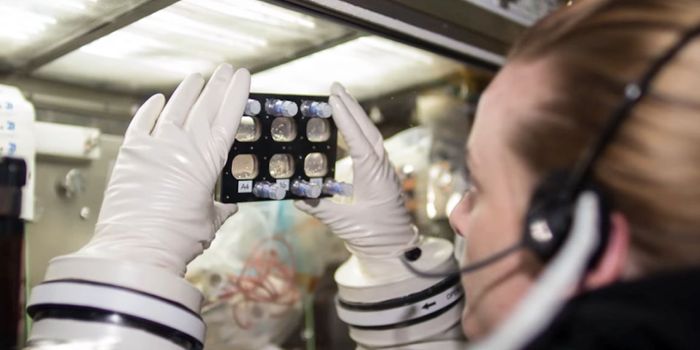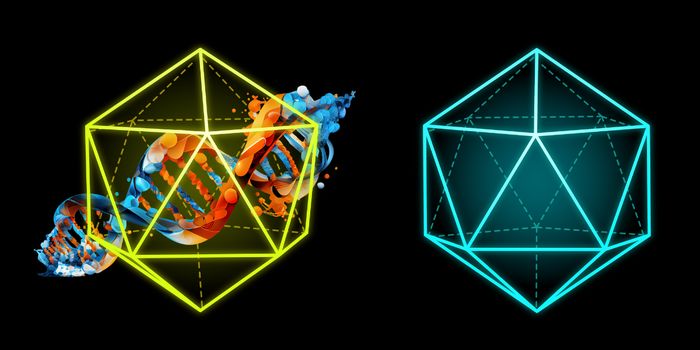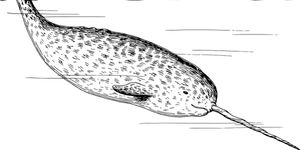What is "Shotgun ion mobility mass spectrometry sequencing"?
Research published recently in Nature Communications highlights a new method of mapping an essential family of polysaccharides called GAGs (glycosaminoglycans). GAGs are critical to regulating many biological functions such as inflammation, neurodegeneration and tumor metastasis. One common type of GAG is called heparin and is currently used in clinical settings in an anticoagulant drug. Yet, aside from heparin, to date GAGs have been difficult to understand and only several structures have been accurately mapped.
Now the study from the Danish National Research Foundation Centre for Glycomics at the Department of Cellular and Molecular Medicine, University of Copenhagen, offers new insight on GAG mapping methods.
"Determining the structures is a key question in the research about sugars. If we know the structure, we can determine what the cues are for specific biological functions and consider potential ways to exploit this in the development of therapeutics. This is hugely important and clinically relevant, as shown by the widely used anti-coagulant heparins, and the potential application of new heparin-based drugs for multiple diseases in the future," says the corresponding author, Dr. Rebecca Louise Miller, who is an Assistant Professor at the Copenhagen Center for Glycomics.
The method that Dr. Miller and her team have developed is called "Shotgun ion mobility mass spectrometry sequencing" or SIMMS2. It’s a complicated name and an even more complicated process akin to breaking sugar structures into small puzzle pieces in order to identify their genetic fingerprints and compare them to know existing structures. Through this process, they are able to sequence larger GAG structures.
"The instrumentation behind this new method was invented by the company Waters Ltd in 2006 and is available to many pharmaceutical companies and researchers. This means that the method could be easily implemented and widely used for drug discovery by many research groups in a short period of time," says co-author Professor Jeremy Turnbull, University of Liverpool and Copenhagen Center for Glycomics.
The researchers plan to continue their investigations with GAGs, SIMMS2, and GAGOme (another method they developed) in hopes of improving the therapeutic effects of heparins in cancer and neurogenerative diseases like Parkinson’s.
Sources: Nature Communications, Eureka Alert









